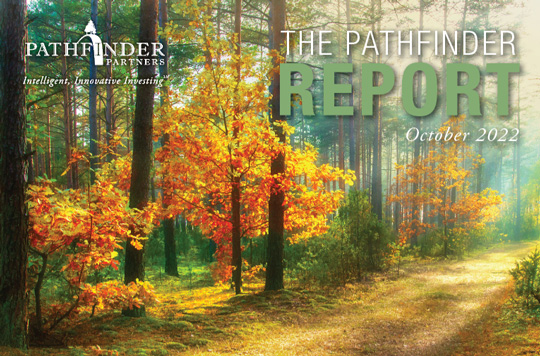Zeitgeist - Sign of the Times
The U.S. Housing Crisis and Possible Government Regulation
The U.S. is in a housing crisis with an estimated shortage of 3.8 to 5.5 million housing units. According to a recent Harvard Magazine piece, the origins of the crisis date back to the antigrowth politics of the 1950’s which used environmental regulations to protect open space and preserve historic buildings. The result? Abuse of environmental laws by trial lawyers and community activists leading to the U.S. drastically underproducing housing and homes costing 45 times more than they did in 1950 while inflation is about 13 times. Put another way, it’s about 400% more expensive to buy a home today than in 1950, adjusted for inflation.
According to a recent report by the National Association of Home Builders (NAHB) and the National Multifamily Housing Council (NMHC), regulation represents 41% of housing development costs. The highest component is changes to the building code over the past decade, including energy efficiency and sustainability requirements (accounting for about 25% of all regulatory costs). The second highest cost includes impact fees, utility fees, traffic and environmental studies (nearly another 25%). Other meaningful regulatory costs include site development requirements, affordability mandates, labor regulation compliance costs and project delays for fighting development opposition.
 The report also addresses the supply impacts from low-income housing requirements, rent control and neighborhood opposition. Not surprisingly, most multifamily developers surveyed – 88% – say they would not pursue development projects in markets with rent control and 48% would avoid markets with low-income requirements. Three-quarters of respondents reported neighborhood opposition to their projects delaying completion by seven months and increasing costs by 6%. These challenges will often push investors to purchase and improve existing properties in favor of developing new projects, which doesn’t add to supply. While our housing regulations were well intended, their impact over the past 70 years has contributed to a housing crisis of epic proportions.
The report also addresses the supply impacts from low-income housing requirements, rent control and neighborhood opposition. Not surprisingly, most multifamily developers surveyed – 88% – say they would not pursue development projects in markets with rent control and 48% would avoid markets with low-income requirements. Three-quarters of respondents reported neighborhood opposition to their projects delaying completion by seven months and increasing costs by 6%. These challenges will often push investors to purchase and improve existing properties in favor of developing new projects, which doesn’t add to supply. While our housing regulations were well intended, their impact over the past 70 years has contributed to a housing crisis of epic proportions.
We’re Getting Older and Why That Suggests a Boom in Senior Housing Demand
According to the National Investment Center for Senior Housing (NIC), occupancy across all U.S. senior housing categories bottomed at 78.0% in the second quarter of 2021, mostly due to the impact of the Covid-19 pandemic. Today, occupancy in these categories is up to 81.4%. While occupancies are not back to pre-pandemic levels (85% for assisted living and 90% for independent living), the improvement is expected to continue as the U.S. recovers from Covid-19 and the Baby Boomer generation (born 1946-1964) continues to age. According to a NIC report, quarterly demand in the second quarter of 2022 was at its highest level since they began reporting the data in 2005.
There are an estimated nine million Americans over the age of 85 (the average move-in age for senior housing residents) and 16 million between 75 and 85, signaling strong ongoing demand for senior facilities. By 2030, 2 million Americans are predicted to live in senior care communities – double the number from 2016. By 2050, more than 20% of the U.S. population will be 65 or older, up from 16% today. According to a recent CBRE report, 40,000 new senior units will need to be delivered annually over the next several years to meet the growing Baby Boomer demand.
Share this Article
IN THIS ISSUE
PATHFINDER PARTNERS INCOME FUND, L.P.
A Stablized Multifamily Fund
CHARTING THE COURSE
Dazed and Confused
FINDING YOUR PATH
A Bumpy Ride Ahead for Housing
POINT/COUNTERPOINT
The Death of Office Space?
The Future of OfficeZEITGEIST
Sign of the Times
TRAILBLAZING
East of Eleven, Portland, OR
NOTABLES AND QUOTABLES
Humility
